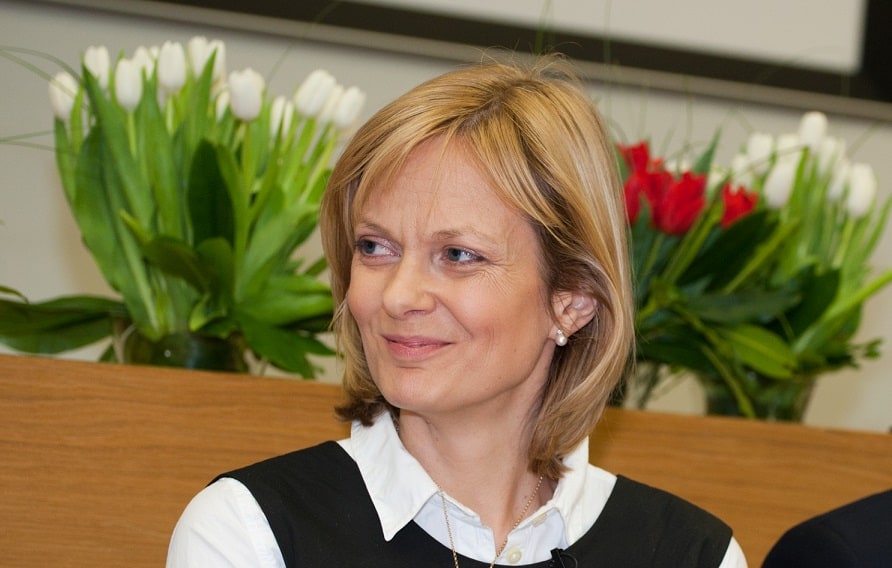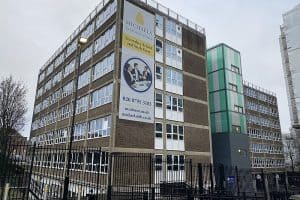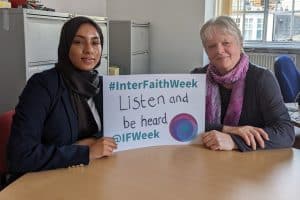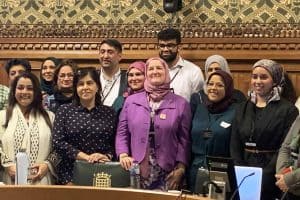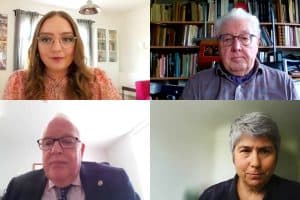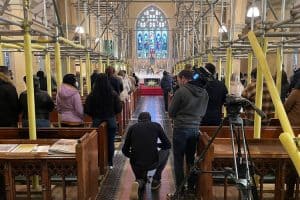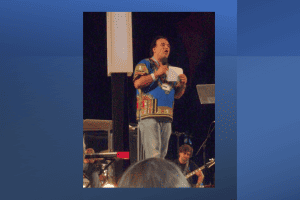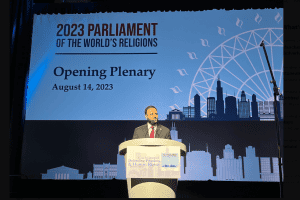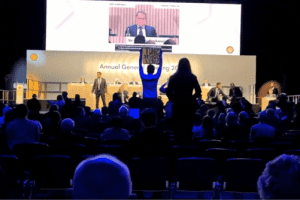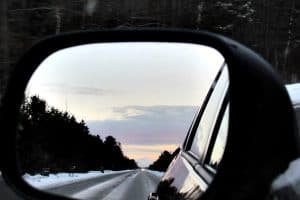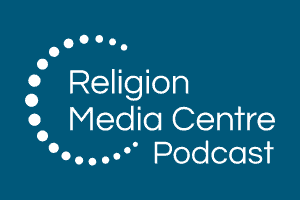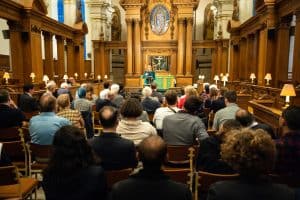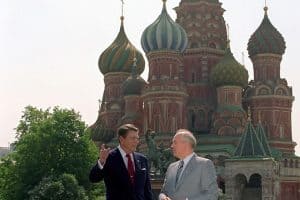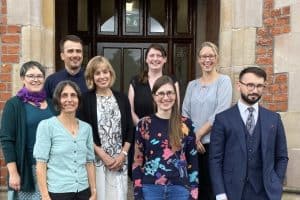By Linda Woodhead
When faced with a biblical plague, the British turn not to God but the National Health Service. It is our national religion, the one thing sacred. It is here rather than in our national churches that we now affirm our shared values, reinforce a sense of collective identity, deal with evil and suffering, reaffirm hope.
Despite a series of healthcare scandals in the NHS in recent decades, we retain our faith. We can accept that there are wicked priests and false prelates, but our trust in the mystical essence of the religion remains unsullied.
In the midst of Covid-19 we admit that the NHS is struggling to provide basic care – tests, beds and ambulances – but we place the blame on politicians. We make allowances. Infected individuals struggling to breathe have admitted to being reluctant to call on the NHS for fear of “overwhelming” it or displacing others.
It was remarkable to see Britons leaning from their windows or standing outside their doors at 8pm on 26 March to “Clap for Carers” in the NHS. Even in my row of chilly stone terraces in northwest England people turned out. A century ago they would have done the same on the national days of prayer called by the main churches on occasions of national triumph or disaster – the last was held in July 1947.
But woe to the heretics! Those who raise a sceptical voice and point out that the NHS scores badly compared with many other health systems, get a frosty reception. The litany-like retort is: “At least it’s not as bad as America!” Boris Johnson has been careful to affirm the faith in “our wonderful NHS” every time he speaks. His approval ratings have soared.
The origins of this religion are to be found in the brave new world of welfare utopianism ushered in by the Second World War. The welfare ideal was optimistic, progressivist, and utopian. It had many features of a religion – but a secular, civil religion (in Quebec it was actually called l’État-providence).
The NHS took the historic churches’ model of caring for people “from cradle to grave” – along with church personnel and plant – and gave it an increasingly secular complexion.
The nurse in a wimple disappeared – to be revived in Call the Midwife – but the idea of vocation persisted. Church fetes gradually gave way to NHS fundraisers. The sociologist Richard Titmuss said blood donation was the modern eucharist.
Many of the architects of welfare state were Christian, including prime minister Harold MacMillan, Archbishop William Temple, William Beveridge and Richard Tawney. Bishop JWC Ward called it “an expression at the national level of the humanitarian work of the church”.
What church leaders don’t seem to have realised is that the GP and district nurse would soon usurp the functions of the parish priest: caring for the flock, visiting at home, sharing the joys and sorrows of birth and death, serving as the pillar of the community.
Over the decades, the parochial model has frayed. “Efficiencies” have bitten, local surgeries and cottage hospitals have closed, GPs have no time. But our loyalty remains, to be revived in times of crisis.
Today, the churches and cathedrals are firmly shut – as if they no longer have anything to offer in the face of suffering and death. We turn to the NHS instead. Here, we seem to feel, we show the better side of ourselves as a nation. Generous and free, untainted by mammon, available to anyone in need, caring and kind. It will help us pull together and come through.
However much we may invoke the prestige of medical science, what we are really dealing with is faith.
Linda Woodhead is professor of religion and society at Lancaster University

